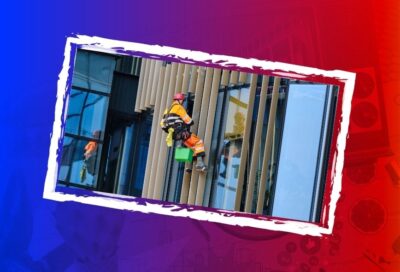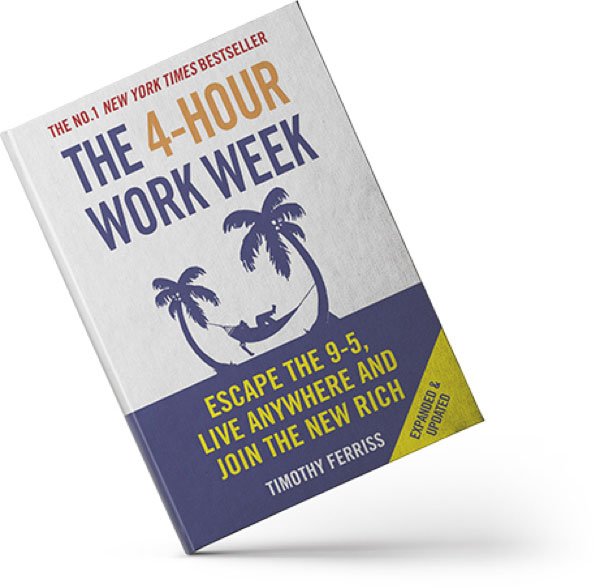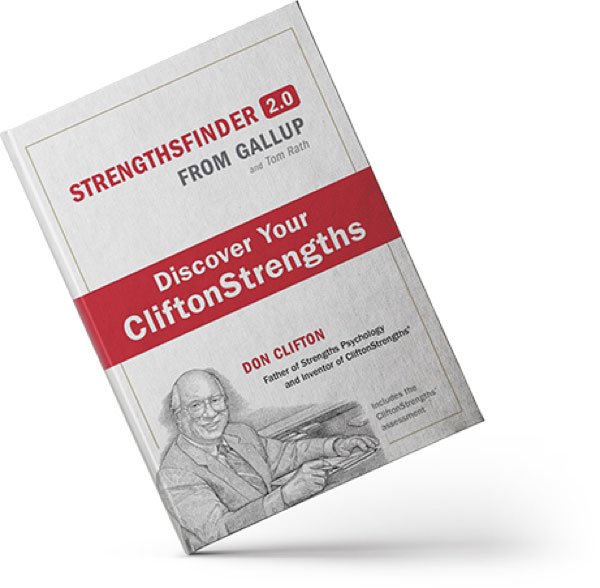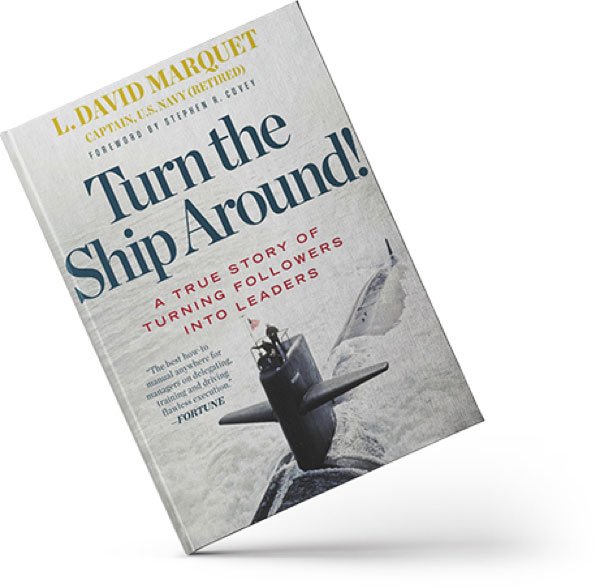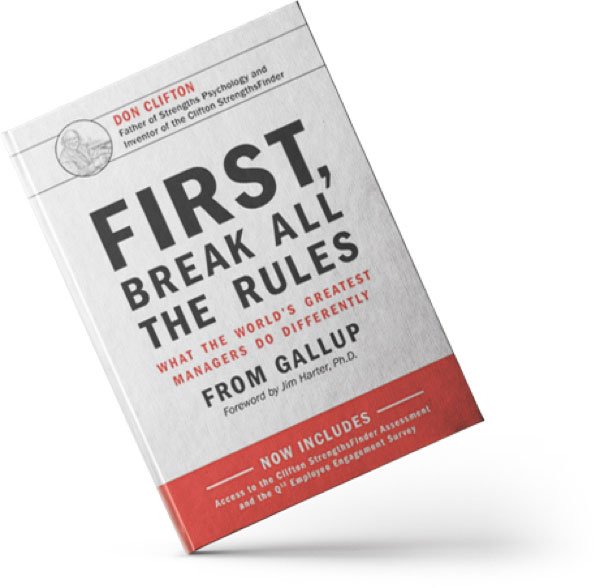Designing a workplace to meet the needs of your people, clients and business has many benefits. But did you know a workplace fit out can save your business a significant amount of tax too?
Whether it’s to meet COVID-19 requirements, refurbish existing space, or prepare new locations for use, you can reduce your tax liabilities as a result of your fit out by claiming capital allowances.
WHAT ARE CAPITAL ALLOWANCES?
A capital allowance (sometimes referred to as tax depreciation) is a tax relief for expenditure that a UK or Irish business can claim to reduce their taxable profits. It’s available to all UK taxpayers, and is often overlooked or underclaimed.
HOW DO I CLAIM CAPITAL ALLOWANCES?
Capital allowances can be claimed through your annual tax returns whenever you buy assets that you use in your business, such as cars, IT equipment, manufacturing equipment, etc.
Whilst most businesses know that you can claim for these loose items of plant and machinery, some people don’t realise that you can also claim capital allowances on buildings and leasehold improvements. This can be on fixtures and fittings and other integral features expenditure such as air conditioning, heating systems and electrical installations. These integral features are sometimes referred to as embedded capital allowances.
What’s more, these qualifying capital allowance items can often be included within lump sum costs for building works. So, speaking to an experienced capital allowances adviser to ensure the correct detailed information is obtained from contractors is an essential part of any successful claim.
WHAT CAN I SAVE?
To understand what you can save, you first need to be aware of the annual investment allowance, or AIA.
Each year, a business can claim an annual investment allowance, and provided the total expenditure on qualifying items doesn’t exceed the AIA limit, the entire qualifying expenditure can be deducted from your profits, reducing your tax bill.
The AIA often changes, however, it is currently set at £1m and will be until 31 December 2021.
WHAT IF I EXCEED THE ANNUAL INVESTMENT ALLOWANCE (AIA)?
The current AIA limit is intentionally set high so that most businesses can benefit from it without exceeding the limit. However, if your usual annual spend on machinery, together with the cost of the workplace fit out, exceed £1m, you’ll exhaust your AIA.
If that’s the case, then other tax allowances are still available, but they’re typically spread over a number of years (up to 33 in some cases). That’s why it’s important to plan and review your capital spend across financial years to maximise AIA and utilise other first year allowances, such as land remediation relief, enhanced capital allowances and research and development (R&D) allowances.
WHAT IF WE’VE USED GRANTS OR LANDLORD CONTRIBUTIONS TO FUND OUR EXPENDITURE?
Tax relief is only available on the actual cost to a business, so the value of the grant or contribution is deducted from the expenditure before calculating the tax relief.
WORKED EXAMPLE
Let’s say an office refurbishment comprises:

The entire project will usually be tax-deductible in some way. New office furniture and air conditioning qualify for AIA, and decorating existing walls is usually classed as a repair and can go through the profit and loss account.
Flooring is less simple because, for capital allowances purposes, it doesn’t always qualify. If you’re simply replacing the flooring, e.g. a tiled floor with new tiled floor of the same quality, then it is likely to be a repair, meaning tax relief will be available.
As for the new board room, the large screen, audio equipment and a projector will all qualify for AIA. However, forming the boardroom walls is not as clear cut and depends on the specification.
Therefore, if we look at the net cost of our refurbishment:

It’s now 19% cheaper!
WHY USE COOPER PARRY’S CAPITAL ALLOWANCES TEAM?
Getting the right advice early can be the difference between what looks like a good claim and the best claim possible.
We regularly work with clients (whether they are audit clients or simply use our capital allowances services) for all types of purchases and construction works including fit outs and refurbishments.
Plus, when we’ve reviewed previous claims done by other advisers, we’ve generated an average uplift of 49%.
So, if you’re looking to transform your workplace and claim capital allowances on your fit out, or you’d like us to look at your current claim






